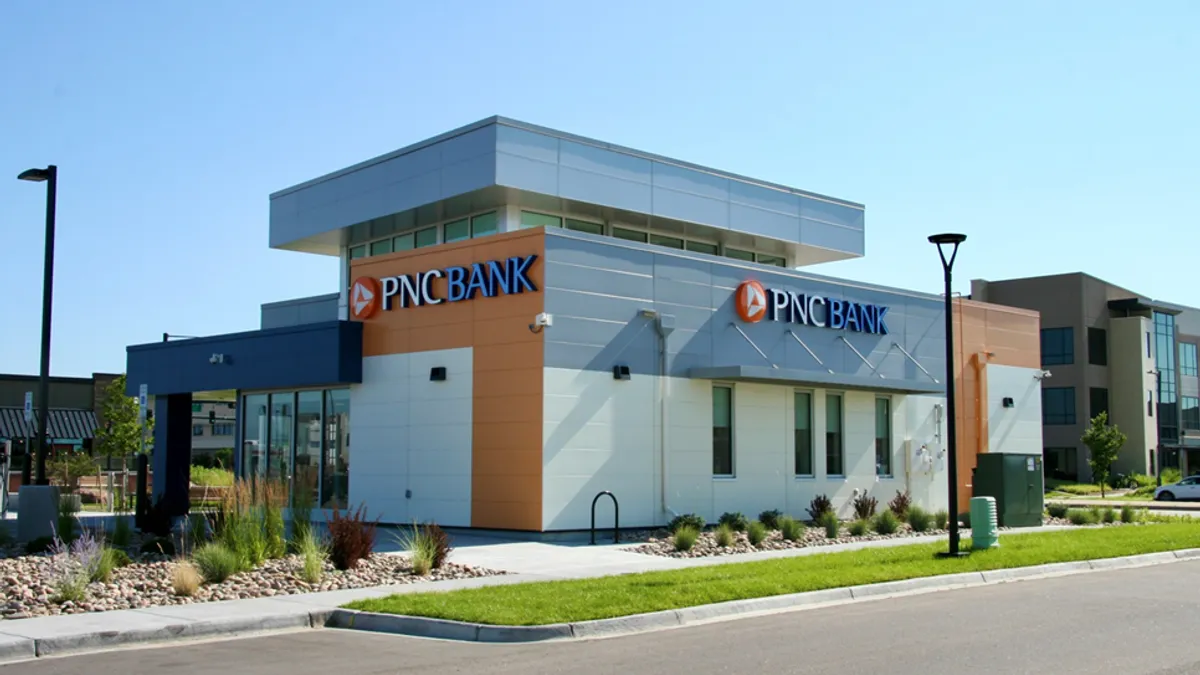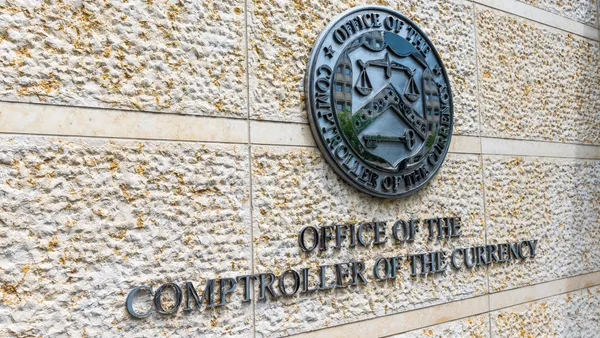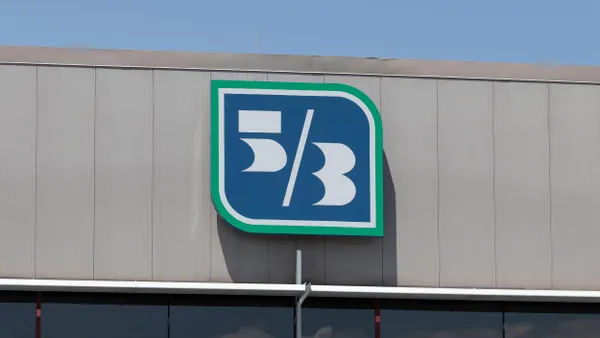Winter Haven, Florida-based SouthState Bank has agreed to sell nearly 170 of its branches to Blue Owl Real Estate Capital for a cash purchase of roughly $475 million, the company said in a Securities and Exchange Commission filing Monday.
Following the closing of the sale of the branches, SouthState will enter into triple net lease agreements with Blue Owl for each branch, with initial lease terms of 15 years, according to the filing. SouthState can renew the leases three consecutive times, with five years for each agreement. There will be a 2% annual rent hike during the initial and renewal terms, according to the filing.
The affected branches are in Alabama, Florida, Georgia, North Carolina, South Carolina and Virginia. The lender said it will not shut down any branches or exit any market as part of the sale-leaseback transaction.
SouthState anticipates earning additional interest income by investing the proceeds from the sale-leaseback transaction; it will be initially allocated to general corporate purposes.
The sale-leaseback deal is expected to close by March, after Blue Owl completes its due diligence on the branches.
SouthState received approval last month from the Federal Reserve to acquire McKinney, Texas-based Independent Bank Group. The deal is valued at roughly $2 billion and would create one of the nation’s 50 largest banks, with about $65.1 billion in assets and $52.9 billion in deposits.
The acquisition is set to expand SouthState’s branch network to 343 locations, according to the bank’s investor presentation.
Banks are exploring various strategies to minimize the capital impact of acquisitions. But unlike Fulton, UMB and Provident — which all acquired (or are acquiring) banks over the past year — SouthState is not raising additional capital alongside its transaction.
“It makes a lot of sense that they are looking to take one of their biggest fixed assets, monetize it and use that to fill any potential capital holes either tied to the deal, or tied to right-sizing the balance sheet,” Bank Slate CEO Paul Davis told American Banker.
SouthState expects roughly $225 million in pre-tax gains from the sale-leaseback transaction, after accounting for related expenses. Under the lease agreements, the lender will make annual rent payments of roughly $36 million pre-tax in the first year, while GAAP accounting standards will recognize approximately $40 million in rent expense. That will be partially mitigated by eliminating roughly $8 million in building depreciation expense.
“Sale-leasebacks are usually for branches where the seller is 100% committed to keeping the branches open long term,” Davis said. “When you commit to that kind of arrangement, it makes it harder for you — if circumstances change — to close those branches.”
The lender is also exploring the potential sale of certain securities from its portfolio that are in a “loss position.” If the sale is executed, the resulting losses would help to partially or fully offset the gains realized from the branch sales.
Catherine Mealor and Mark Shutley, analysts at Keefe Bruyette & Woods, said the sale-leaseback transaction generates a $170 million gain, boosting tangible book value by roughly 3%. While the increased rent expense will initially reduce earnings per share by about 1%, the transaction could ultimately push EPS up 2% if SouthState deploys the capital for bond restructuring.
Blue Owl paid $4.39 million in October for the Bremer Bank building in Rochester, Minnesota. St. Paul-based Bremer Bank signed a contract to lease the building back for 17 years. Evansville, Indiana-based Old National Bank, the following month, announced it would acquire Bremer Bank in a $1.4 million deal.














